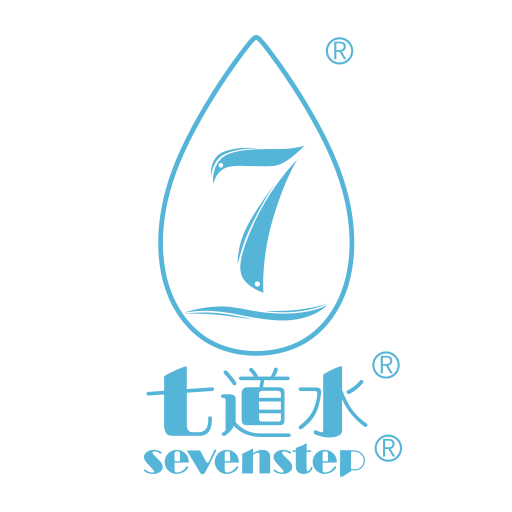Why Removing Chlorine from Tap Water is Important
Chlorine is commonly used as a disinfectant in municipal water treatment facilities to kill harmful bacteria and viruses. While it serves an essential purpose in ensuring water safety, consuming chlorine-treated tap water can have adverse effects on our health. This article will explore various methods to remove chlorine from tap water, allowing you to enjoy safer and better-tasting drinking water.
The Hazards of Chlorine in Tap Water
Chlorine, though effective in killing pathogens, can react with organic matter present in tap water to form potentially harmful byproducts. These byproducts, such as trihalomethanes (THMs), have been linked to an increased risk of certain cancers and other health issues. Additionally, chlorine itself can cause skin and eye irritation, dryness, and even exacerbate respiratory conditions. Therefore, it is crucial to reduce or eliminate chlorine content in our tap water.
Effective Methods to Remove Chlorine from Tap Water
There are several proven techniques to remove chlorine from tap water. Let's explore the most popular and effective methods:
1. Activated Carbon Filters
Activated carbon filters are widely used to remove chlorine from tap water. These filters work by adsorbing chlorine and other impurities onto the surface of the carbon. The porous structure of activated carbon provides a large surface area, enhancing its ability to capture chlorine molecules. These filters are often installed as under-sink or countertop units, or can be integrated into a whole-house filtration system.
2. Vitamin C Filters
Vitamin C filters are another effective option for chlorine removal. These filters use ascorbic acid, commonly known as vitamin C, to neutralize chlorine molecules in tap water. The ascorbic acid reacts with chlorine, converting it into a harmless chloride ion. Vitamin C filters are easy to install and are particularly useful for those with sensitive skin or respiratory issues.
3. Reverse Osmosis Systems
Reverse osmosis systems are highly efficient in removing chlorine, along with a wide range of other contaminants, from tap water. These systems use a semipermeable membrane that allows water molecules to pass through while blocking chlorine and other impurities. Reverse osmosis systems are typically installed under the sink and provide purified water for drinking and cooking.
4. Distillation
Distillation is a traditional method of purifying water that effectively removes chlorine. In this process, tap water is heated to create steam, which is then condensed back into liquid form, leaving behind chlorine and other contaminants. Distillation systems are easy to use and produce high-quality, chlorine-free water, but they can be relatively slow and require regular maintenance.
5. Boiling and Aerating
Boiling tap water for around 15 minutes can help remove chlorine, as it evaporates at a lower temperature than water. However, this method is not practical for large quantities of water. Aerating, or simply allowing tap water to sit exposed to air for some time, also allows chlorine to dissipate gradually. While these methods may not completely eliminate chlorine, they can significantly reduce its concentration.
6. Activated Sodium Bisulfite
Activated sodium bisulfite is a chemical compound commonly used to neutralize chlorine in tap water. It works by chemically reacting with chlorine and converting it into harmless compounds. While this method is effective, it requires precise dosing and may not be suitable for individuals with sulfite allergies.
7. UV Light Treatment
UV light treatment is a non-chemical method to remove chlorine from tap water. UV rays penetrate the water, disrupting the DNA of microorganisms and rendering them harmless. Additionally, UV light breaks down chlorine molecules into harmless byproducts. UV light systems are often used in combination with other filtration methods to ensure comprehensive water purification.
8. Sodium Thiosulfate
Sodium thiosulfate is another chemical compound commonly used to dechlorinate tap water. It reacts with chlorine, forming a nontoxic substance called sodium sulfate. Sodium thiosulfate is frequently used in aquariums to make tap water safe for aquatic life, but it can also be used for household water dechlorination.
9. Chloramine Removal Filters
Some municipalities use chloramine, a combination of chlorine and ammonia, as a disinfectant. Chloramine is more stable than free chlorine and requires specialized filters for removal. Activated carbon filters with catalytic properties are effective in removing chloramine, ensuring your tap water is free from this disinfectant.
10. Activated Alumina Filters
Activated alumina filters are specifically designed to remove excess fluoride from tap water, but they also have the ability to eliminate chlorine. These filters contain activated alumina beads that adsorb chlorine, fluoride, and other impurities. Activated alumina filters are often used as an additional stage in multi-stage filtration systems.
Conclusion
Removing chlorine from tap water is essential for improving its taste and minimizing potential health risks associated with chlorine and its byproducts. Whether you choose activated carbon filters, vitamin C filters, reverse osmosis systems, or other methods mentioned in this article, implementing a suitable filtration system will ensure you have access to clean, chlorine-free water for drinking, cooking, and other daily activities.

